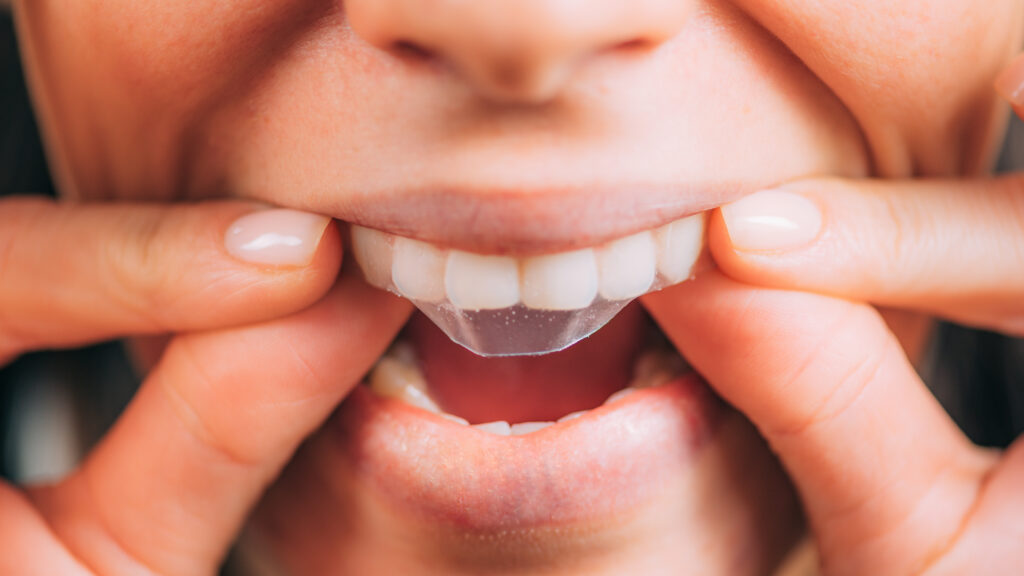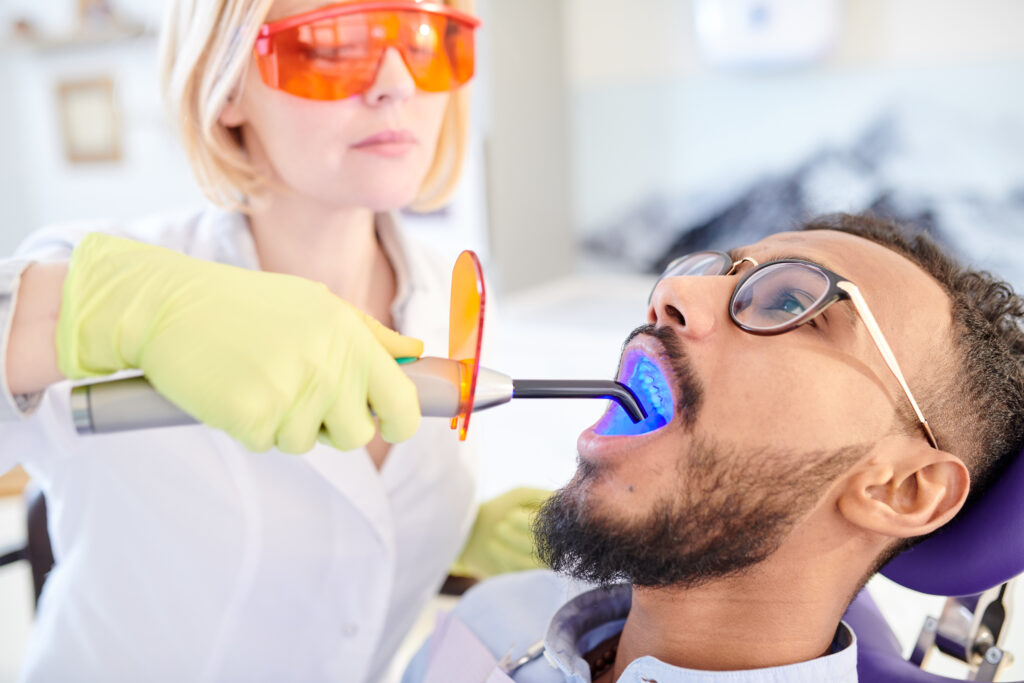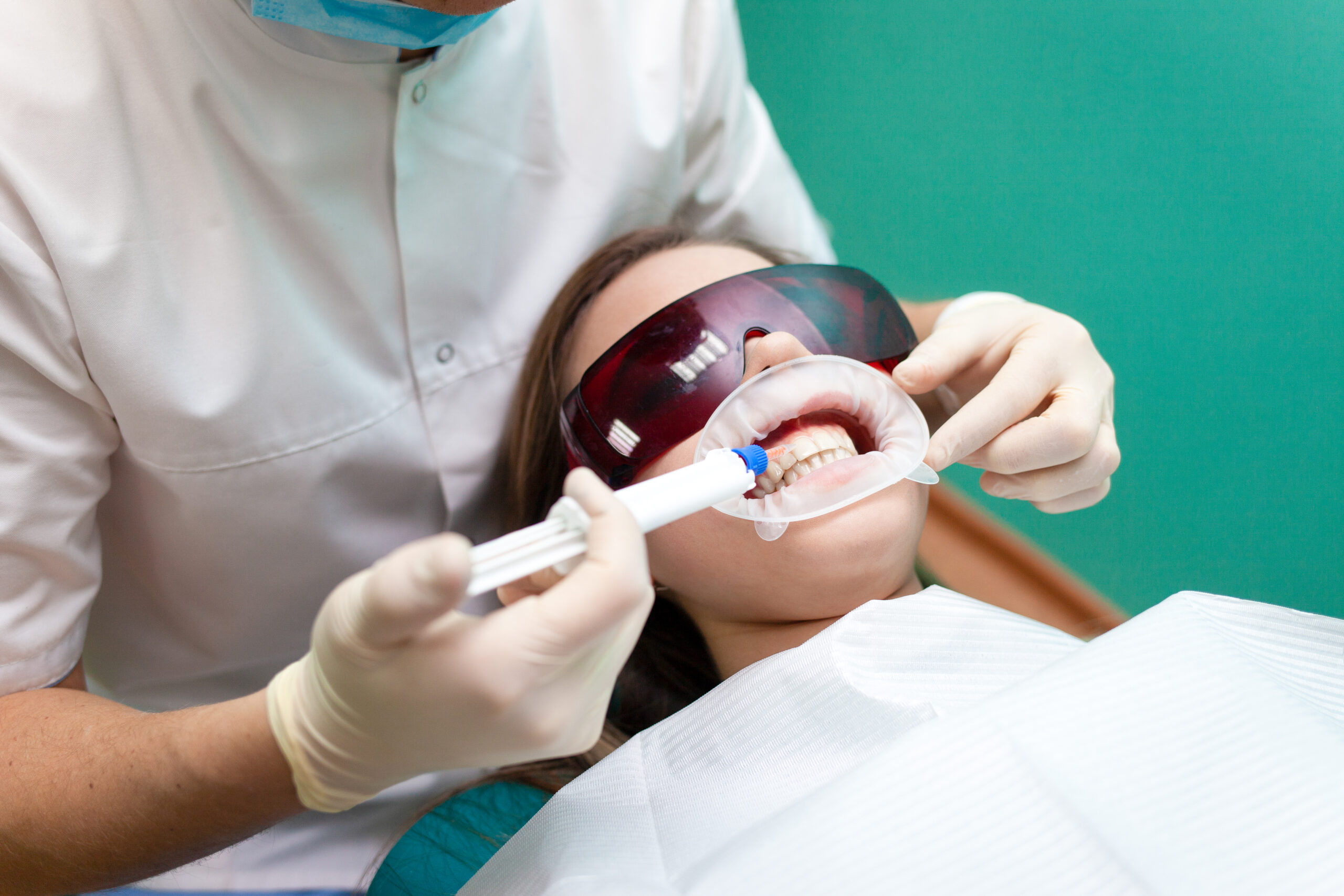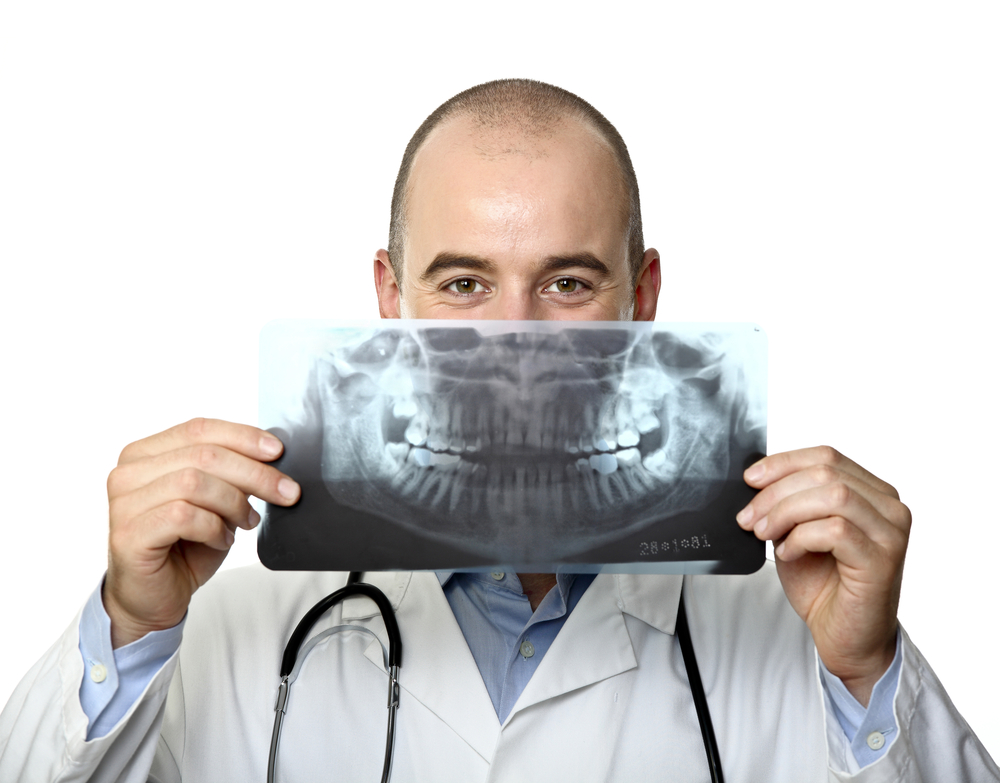Do you ever look in the mirror and notice your teeth aren’t as bright and white as you’d like? It happens to all of us, years of coffee-driven meetings, dinners accompanied with red wine, and general wear and tear can cause teeth to stain and lose their sparkle. Luckily we live in the 21st century, and there are a wealth of options to get that dazzling smile you desire.
Causes of Tooth Discoloration
It is rare to find someone with naturally bright-white teeth. Teeth stains are caused by a variety of factors, both internal and external. Some of these factors include:
- Genetics
- Tobacco use
- Frequent intake of acidic or heavily pigmented foods or beverages
- Certain medications
- Aging and general wear and tear
- Lack of dental care

Over-The Counter Options
Drug stores and other retailers offer a wide variety of options for at-home teeth whitening. While these products are cheap and convenient, it can be hard to tell which of them are both safe and effective. Let us help break it down for you.
- Whitening Strips are thin strips of plastic, coated in peroxide, that are directly applied to the tooth to bleach its outer layer of enamel. Keep in mind that these strips only whiten the front of your teeth, and if you have dental implants or veneers they will be completely ineffective on those false teeth.
- Whitening Toothpaste is another common at-home teeth-whitening method. These kinds of toothpaste contain hydrogen peroxide and silica which are meant to whiten and smooth the surface of your teeth. These products can take months to produce results, and even then you may only notice a slight difference in your teeth’s appearance.
- Activated Charcoal is the new trend when it comes to at-home teeth whitening. While it may be popular, research shows that charcoal is not effective when it comes to whitening teeth. Due to its abrasive nature, it can also be dangerous for children or those with overly sensitive teeth or gums.

Are At-Home Teeth Whitening Products Safe To Use?
Every product you see on the market these days boasts incredible results and safety certifications, but when shopping for at-home teeth whitening options, there can be insidious ingredients. You should always take these simple precautions before purchasing any commercial teeth-whitening solution.
- Make sure to always check with your dentist first. As a professional, your dentist can advise you on the safety of products and recommend treatments as needed.
- Look for the ADA (American Dental Association) seal of approval. Products with this seal have been independently tested and reviewed by medical experts.
- Always read and follow instructions.
- Remember that commercial products have many different types of ingredients as well as varying concentration levels–some of which may be harmful. Self-administered teeth-whitening methods are not without the possibility of user error.
- Recognize that commercial, teeth-whitening strips and toothpaste may result in uneven whitening, softening of the tooth’s surface, and possible damage to dentin. Dentin is the layer of the tooth found directly underneath the enamel. It gives your teeth their color and makes up a large percentage of its structure. Damaged dentin can cause tooth sensitivity and tooth decay.
Professional Teeth Whitening Procedures
Dentists can employ several techniques to professionally whiten a patient’s teeth. They typically determine which one to use based on the condition of the patient’s teeth. Some common, professionally-administered, whitening procedures are:
- Laser Teeth Whitening is a procedure in which a peroxide whitening gel is applied to the tooth’s surface and then activated by lasers which cause the gel to foam and, in turn, drastically whiten your teeth.
- Zoom! Teeth Whitening is a painless, one-hour procedure that provides immediate results. A whitening gel is applied to the tooth and is then activated by an LED light to provide your ideal shade.
- Bleaching is another common method used by dentists to whiten teeth in-office. Dentists create custom bleaching trays for their patients. Dentists often complete this process in one session, which typically takes about two hours.
Are Professional Teeth Whitening Procedures Safe?
Professional teeth whitening procedures are considered safe and effective. They are completed in the office by dental professionals who have extensive knowledge and experience. Professionals are able to tailor the level of whitening agent utilized on each tooth to ensure uniformity and preservation of a patient’s enamel and intended level of whiteness.

Schedule an Appointment!
All in all, teeth whitening is typically considered a safe practice. However, professional teeth whitening services are generally safer and more effective. You should always do your research when selecting a teeth whitening procedure and ensure you trust your dental provider fully.
At Greenspoint Dental, we prioritize our customer’s experience and are happy to answer any questions you may have about the teeth whitening process. Schedule an appointment today for a beautiful smile tomorrow.


